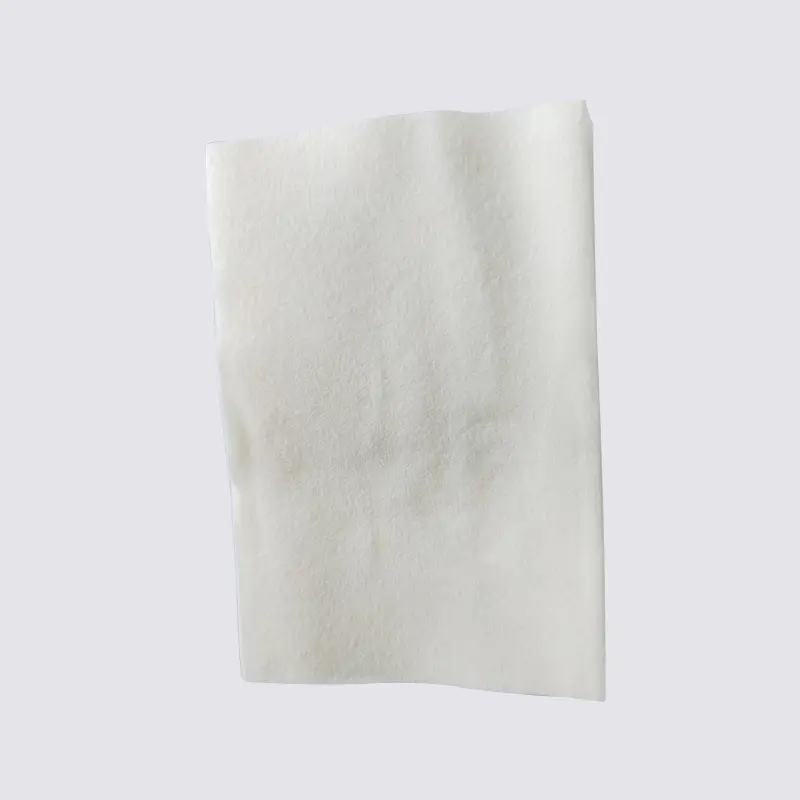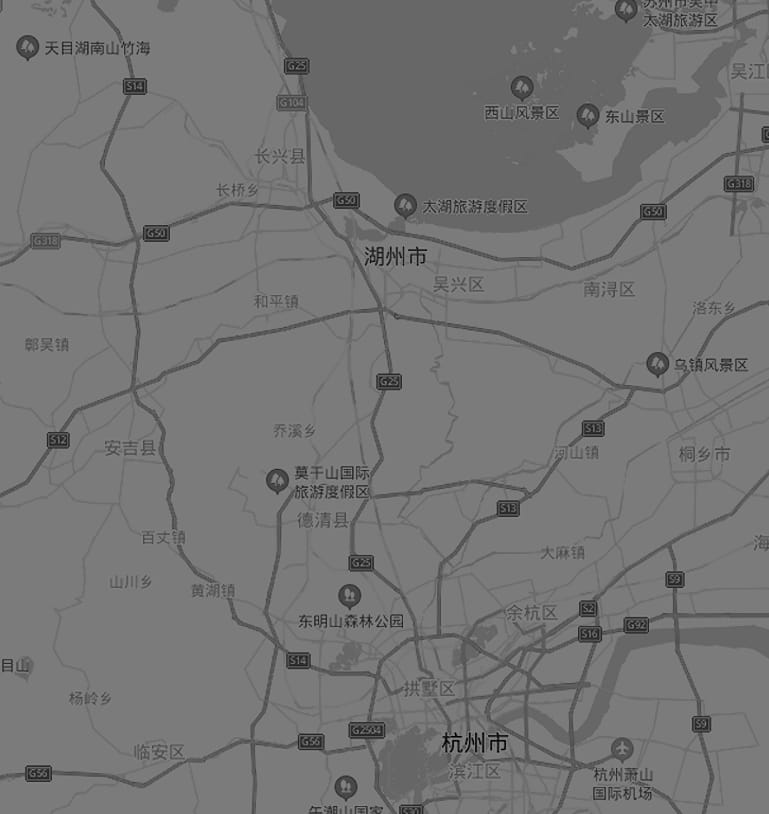
Preparation of fibers: The manufacturing process begins with the preparation of the fibers that will be used to make the airlaid paper. These fibers can be derived from various sources such as wood pulp, synthetic fibers, or a combination of both. The fibers are typically treated with chemicals to enhance their absorbency and strength.
Fiber blending: In this step, the fibers are blended together to create a homogeneous mixture. This is often done in a machine called a blender, where the fibers are mixed with water and other additives such as binders or wet-strength agents. The resulting fiber slurry has a consistency similar to a thick pulp.
Formation of the web: The fiber slurry is then transferred to a forming machine, which uses a series of screens, belts, or cylinders to distribute the fibers evenly and form a continuous web. The water in the slurry is drained or vacuumed out, leaving behind a mat of fibers.
Bonding the fibers: To create a cohesive and stable structure, the fibers in the web need to be bonded together. This is typically achieved through a combination of mechanical and chemical methods. Mechanical bonding involves pressing the web between rollers or passing it through needle-punching machines to entangle the fibers. Chemical bonding can be achieved by applying binders or adhesives to the web, which are then activated through heat or pressure.
Drying: After the bonding process, the wet web is dried to remove any remaining moisture. This can be done by passing the web through heated rollers or by using hot air blowers. Drying helps to further strengthen the paper and improve its absorbency.
Finishing: Once the web is dry, it undergoes additional processing steps to achieve the desired properties. This may include embossing, cutting, folding, and packaging. Embossing creates patterns or designs on the surface of the napkin, while cutting and folding shape it into the final product. The finished napkins are then packaged and prepared for distribution.
It's worth noting that different manufacturers may have variations in their specific processes, equipment, and additives used, but the above steps provide a general overview of the manufacturing process for airlaid napkin paper.




